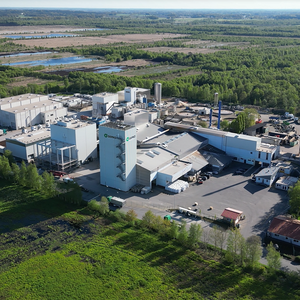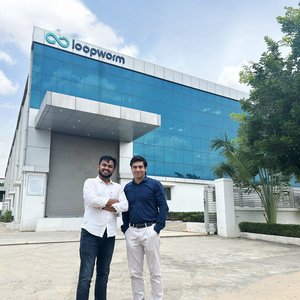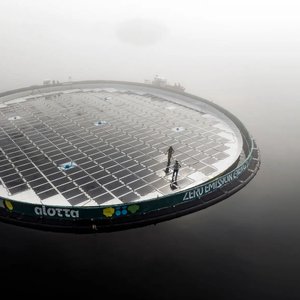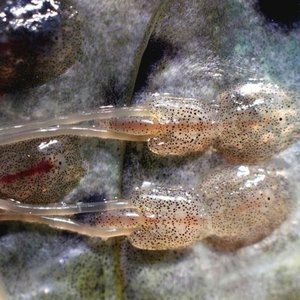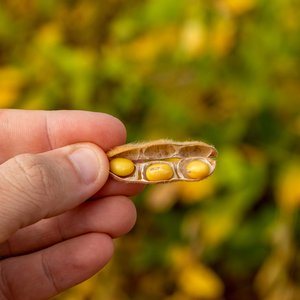Scott Vallette, Market Manager, Buhler Aeroglide, U.K.
A manufacturer’s first priority is to produce nourishing aquafeed for healthy fish and aquaculture populations. But plant operations must balance this priority with a gentle processing line against a sustainable and profitable business model.
At Aquafeed Horizons 2017 (June, 13, Cologne, Germany,) Scott Vallette will introduce three opportunities for processing efficiencies in drying that can both ensure sustainability and improve bottom line profits:
1. Aquafeed processing lines, on average, experience up to a 5% loss in fines during processing. Fines show up in many steps of pelleted and extruded feed processing; however, if they are continuously collected in the dryer, they can be carefully reintroduced upstream to eliminate waste, product loss and the need to introduce additional raw material for the same output. Furthermore, removing the fines from the dryer on a continuous basis can reduce the cost and time required for cleaning. This means there can be longer production runs between sanitation breaks. It also means potential fire hazard risks can be reduced.
2. Heat loss comes about because of inefficient operations or thermodynamic limitations on equipment and processes. Fortunately, it can be captured and reused with a heat recovery system. Preheated air can be reintroduced as dryer make-up air to conserve energy and improve efficiency. Water can also be condensed and reintroduced back into a pre-conditioner or extruder, reducing the volume of fresh water needed for the process and eliminating effluent concerns from a heat recovery system.
3. Many processors track the cost of fuel used in drying operations but they don’t consider lost production compared to energy costs. Because most extruded feeds are sold by weight, over drying can mean a processor is sending water (at product value that could have gone to packaging), straight out the exhaust stack. The good news is a processor can raise discharge moisture and get more out of the production line with no additional cost or additional dry ingredients. The value of this recaptured production can be surprising.
To identify opportunities to improve processes, with sustainability in mind, an aquafeed manufacturer should consider all factors that affect the output capacity of the dryer, the uniformity of the finished product, the durable, trouble-free operation of the dryer, and overall operating economics of the system.
About the speaker
Scott Vallette is a Market Manager for Buhler Aeroglide Europe where he supports a growing customer base in Europe, Middle East and Africa. Scott has deep knowledge and experience in thermal processing applied to food and feed production. Scott worked with National Drying Machinery Company before joining Buhler Aeroglide’s U.K. office in the spring of 2005. He is a regular contributor to industry conference events where he introduces a long tradition of drying and engineering expertise to the unique needs of aqua feed processors, pet food processors, and the manufacturers of snack food.
About Aquafeed Horizons
The 10th Aquafeed Horizons Europe will take place at the Cologne Exhibition Halls, (Koelnmesse), Cologne, Germany on Wednesday, June 14, 2017, as part of the FVG Select networking event.
Brought to you by the industry’s knowledge communicator, Aquafeed.com, the Aquafeed Horizons series of conferences has been arming delegates with the latest processing and formulation solutions to help keep ahead of the trends and changes in the industry since 2006. The conference focuses on practical information related to advances in formulation and processing.
More information: http://feedconferences.com


